Growing bush beans in small spaces can feel like a gardening dream, especially when you’re short on room! But trust me, it’s absolutely achievable, and I’m here to show you how. Imagine fresh, crisp bush beans, bursting with flavor, picked straight from your own little garden – even if that garden is just a balcony or a sunny corner of your patio.
For centuries, beans have been a staple crop in cultures around the world, providing essential nutrients and a connection to the land. From ancient civilizations to modern-day urban dwellers, the desire to cultivate our own food remains strong. But let’s face it, not everyone has acres of land to dedicate to a sprawling vegetable garden. That’s where these clever DIY tricks come in!
In this article, I’m going to share my favorite, tried-and-true methods for growing bush beans in small spaces. We’ll cover everything from choosing the right varieties and containers to maximizing your yield with simple, budget-friendly techniques. Why do you need these hacks? Because everyone deserves the joy of fresh, homegrown produce, regardless of their living situation. Plus, it’s incredibly rewarding to nurture something from seed to harvest, and these tips will make the process easier and more successful than you ever thought possible. Get ready to transform your limited space into a bountiful bean haven!
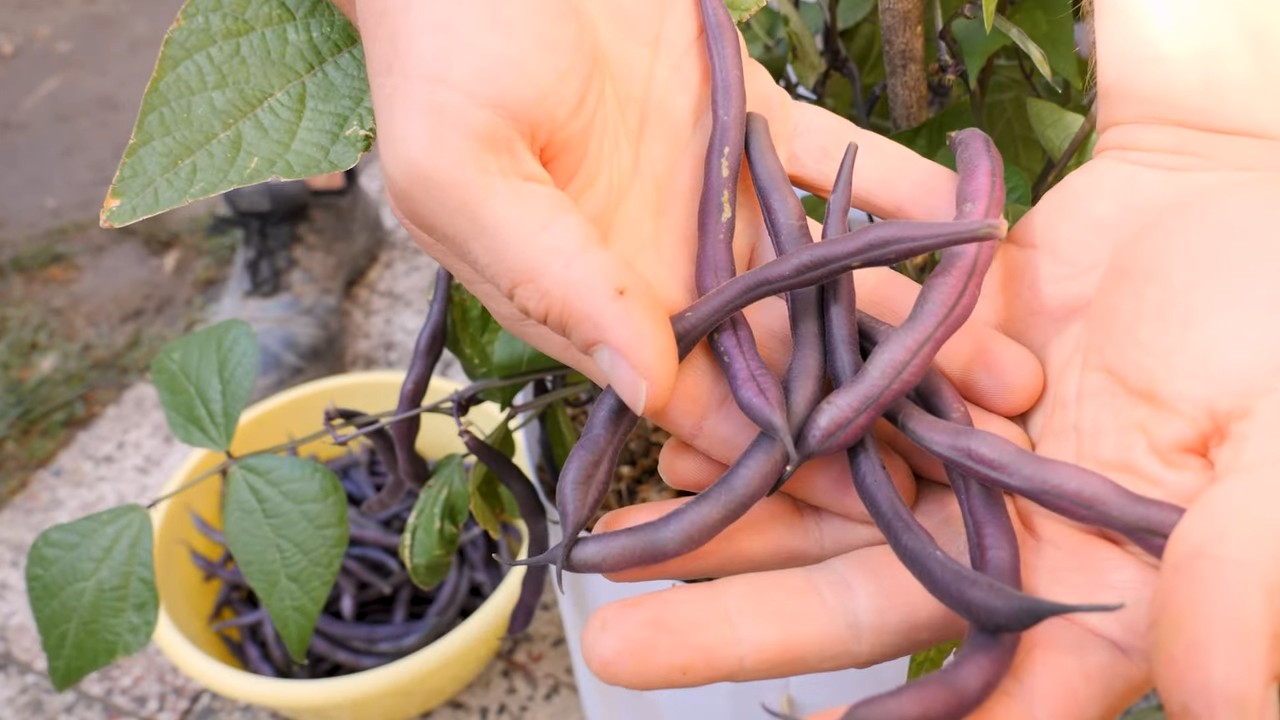
Growing Bush Beans in Small Spaces: A DIY Guide
Hey there, fellow gardening enthusiasts! So, you’re itching to grow some delicious bush beans but are short on space? Don’t worry, I’ve got you covered! I’ve been growing bush beans in containers for years, and I’m here to share all my secrets to a bountiful harvest, even if you only have a balcony or a tiny patio. Let’s dive in!
Choosing the Right Bush Bean Variety
First things first, let’s talk about bean varieties. Not all beans are created equal, especially when it comes to container gardening. You want to stick with *bush* beans, not pole beans. Pole beans are climbers and need a trellis, which defeats the purpose of small-space gardening.
Here are some of my favorite bush bean varieties that thrive in containers:
* Blue Lake Bush: A classic, reliable bean with excellent flavor.
* Contender: Early maturing and produces heavy yields.
* Provider: Another early variety that’s known for its disease resistance.
* Derby: A stringless bean with a great taste.
* Roma II: A flat, Italian-style bean that’s perfect for salads.
Gathering Your Supplies
Okay, now that we’ve picked our bean variety, let’s gather our supplies. Here’s what you’ll need:
* Containers: Choose containers that are at least 12 inches deep and 12 inches in diameter. The bigger, the better, as this gives the roots plenty of room to grow. I personally love using large resin pots because they’re lightweight and durable.
* Potting Mix: Don’t use garden soil in containers! It compacts too easily and doesn’t drain well. Instead, use a high-quality potting mix that’s specifically formulated for containers. Look for a mix that contains peat moss, perlite, and vermiculite.
* Bean Seeds: Obviously! Make sure you buy seeds from a reputable source and check the expiration date.
* Watering Can or Hose: You’ll need a way to water your beans regularly.
* Fertilizer: A balanced, slow-release fertilizer will help your beans thrive. I like to use a 10-10-10 fertilizer.
* Optional:
* Seed Starting Tray: If you want to get a head start, you can start your seeds indoors.
* Plant Markers: To keep track of what you’ve planted.
* Mulch: To help retain moisture and suppress weeds.
Planting Your Bush Beans
Now for the fun part – planting! Here’s how to do it:
1. Prepare Your Containers: Fill your containers with potting mix, leaving about an inch or two of space at the top.
2. Sow the Seeds: Make small holes about 1 inch deep and 2-3 inches apart. Place 2-3 seeds in each hole. This ensures that at least one seed will germinate.
3. Cover the Seeds: Gently cover the seeds with potting mix and lightly pat down the soil.
4. Water Thoroughly: Water the containers thoroughly until the water drains out of the bottom.
5. Label Your Containers: Use plant markers to label each container with the bean variety and the date you planted them.
6. Place in a Sunny Location: Bush beans need at least 6-8 hours of sunlight per day. Place your containers in a sunny spot where they’ll get plenty of light.
Caring for Your Bush Beans
Once your beans are planted, it’s important to provide them with the care they need to thrive. Here’s what you need to do:
1. Water Regularly: Bush beans need consistent moisture, especially during hot weather. Water deeply whenever the top inch of soil feels dry to the touch. Avoid overwatering, as this can lead to root rot.
2. Fertilize: About two weeks after the seedlings emerge, fertilize them with a balanced, slow-release fertilizer. Follow the instructions on the fertilizer package. You can also side-dress with compost tea every few weeks.
3. Weed: Keep your containers free of weeds. Weeds compete with your beans for nutrients and water.
4. Pest Control: Keep an eye out for pests like aphids, bean beetles, and spider mites. If you spot any pests, treat them with an organic insecticide like neem oil or insecticidal soap.
5. Support (Optional): While bush beans don’t *need* a trellis, some varieties can get a bit floppy as they grow. If you notice your beans are starting to fall over, you can provide them with some support by staking them or using a small tomato cage.
Harvesting Your Bush Beans
The best part of growing your own beans is, of course, harvesting them! Here’s how to know when your beans are ready to pick:
1. Check the Pods: The pods should be firm, plump, and brightly colored. They should also snap easily when you bend them.
2. Harvest Regularly: Harvest your beans every few days to encourage continued production. The more you pick, the more they’ll grow!
3. Use Scissors or Pruners: Use scissors or pruners to cut the beans from the plant. This will prevent you from damaging the plant.
4. Enjoy Your Harvest: Enjoy your fresh, homegrown bush beans in salads, soups, stews, or as a side dish. You can also freeze or can them for later use.
Troubleshooting Common Problems
Even with the best care, you might encounter some problems when growing bush beans. Here are some common issues and how to fix them:
* Yellowing Leaves: This could be a sign of overwatering, underwatering, or nutrient deficiency. Check the soil moisture and adjust your watering accordingly. Fertilize with a balanced fertilizer.
* Lack of Flowers: This could be due to insufficient sunlight, too much nitrogen fertilizer, or extreme temperatures. Make sure your beans are getting enough sunlight and avoid using high-nitrogen fertilizers.
* Bean Beetles: These pests can quickly decimate your bean plants. Handpick them off the plants or spray with neem oil or insecticidal soap.
* Powdery Mildew: This fungal disease can cause a white, powdery coating on the leaves. Improve air circulation by spacing your plants further apart and water at the base of the plants to avoid wetting the foliage. You can also spray with a fungicide.
* Poor Germination: This could be due to old seeds, cold soil, or overwatering. Use fresh seeds and make sure the soil temperature is at least 60 degrees Fahrenheit. Avoid overwatering.
Extending Your Bean Season
Want to enjoy fresh bush beans for as long as possible? Here are a few tips for extending your bean season:
* Succession Planting: Plant a new batch of seeds every 2-3 weeks to ensure a continuous harvest.
* Start Seeds Indoors: Start your seeds indoors 4-6 weeks before the last frost to get a head start on the season.
* Use Row Covers: Use row covers to protect your plants from frost and extend the growing season in the fall.
* Choose Heat-Tolerant Varieties: If you live in a hot climate, choose heat-tolerant bean varieties that can withstand high temperatures.
Maximizing Space in Your Small Garden
Even in a small space, you can maximize your yields by using a few clever techniques:
* Vertical Gardening: While bush beans don’t climb, you can still use vertical space to grow other plants. Plant herbs or flowers in hanging baskets or on a trellis above your bean containers.
* Companion Planting: Plant beans alongside other plants that benefit each other. For example, beans are a good companion for carrots, cucumbers, and strawberries.
* Intercropping: Plant fast-growing crops like radishes or lettuce between your bean plants. These crops will be ready to harvest before the beans get too big.
* Square Foot Gardening: Divide your containers into square foot sections and plant different crops in each section. This allows you to grow a variety of plants in a small space.
Final Thoughts
Growing bush beans in containers is a rewarding and easy way to enjoy fresh, homegrown vegetables, even if you have limited space. With a little bit of planning and care, you can have a bountiful harvest of delicious beans all season long. So, get out there and start planting! Happy gardening!
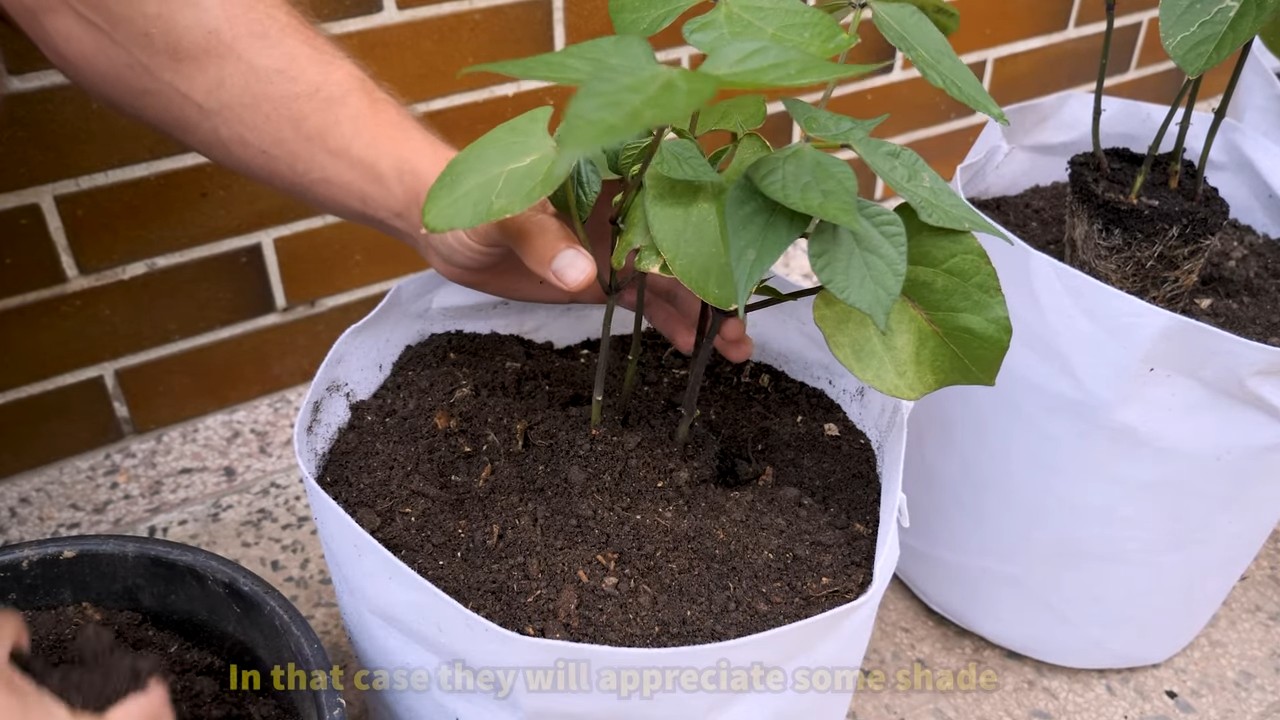
Conclusion
So, there you have it! Growing bush beans in small spaces is not only achievable, but it’s also incredibly rewarding. We’ve explored the simple yet effective techniques that transform even the tiniest balcony, patio, or windowsill into a thriving bean garden. Forget the sprawling farm – with a little planning and these DIY tricks, you can enjoy a fresh, homegrown harvest right at your fingertips.
Why is this a must-try? Because it’s about more than just beans. It’s about connecting with nature, even in the heart of the city. It’s about knowing exactly where your food comes from and enjoying the unparalleled flavor of freshly picked produce. It’s about the satisfaction of nurturing something from seed to table. And let’s be honest, it’s about saving money on groceries while enjoying healthier, tastier meals.
But the real magic lies in the adaptability of this method. Feel free to experiment with different varieties of bush beans. Try ‘Blue Lake’ for its classic flavor, ‘Contender’ for its early yield, or ‘Provider’ for its disease resistance. You can also explore companion planting. Marigolds deter pests, while nasturtiums attract aphids away from your precious beans. Basil is another great companion, improving the flavor of your beans and repelling unwanted insects.
Consider vertical gardening options to maximize your space even further. A simple trellis or even a repurposed pallet can provide support for your bush beans, allowing them to climb slightly and produce even more beans in a smaller footprint. You can also use self-watering containers to reduce the frequency of watering, especially during hot summer months.
Don’t be afraid to get creative with your container choices. While standard pots work perfectly well, you can also use recycled buckets, old tires, or even fabric grow bags. Just make sure your chosen container has adequate drainage to prevent waterlogging.
The key to success is consistent care. Water regularly, especially during dry spells. Fertilize every few weeks with a balanced organic fertilizer. And keep an eye out for pests and diseases, addressing any problems promptly.
Growing bush beans in small spaces is a journey, not a destination. There will be successes and setbacks along the way. But with a little patience and persistence, you’ll be rewarded with a bountiful harvest of delicious, homegrown beans.
We are confident that you will find this DIY trick to be a game-changer for your small-space gardening endeavors. So, grab your seeds, prepare your soil, and get ready to experience the joy of growing your own bush beans.
We can’t wait to hear about your experiences! Share your photos, tips, and challenges in the comments below. Let’s create a community of small-space bean growers and inspire others to embrace the joys of homegrown food. Happy gardening!
Frequently Asked Questions (FAQ)
What are the best varieties of bush beans for small spaces?
Choosing the right variety is crucial for success. Look for compact bush bean varieties that don’t require extensive sprawling. Some excellent choices include:
* **Blue Lake Bush:** A classic variety known for its excellent flavor and high yields.
* **Contender:** An early-maturing variety that’s perfect for gardeners who want a quick harvest.
* **Provider:** A disease-resistant variety that’s ideal for beginners.
* **Derby:** A stringless variety with a sweet, mild flavor.
* **Bush Kentucky Wonder:** A heirloom variety that produces long, slender pods.
Consider your local climate and growing conditions when selecting your bean variety. Check with your local nursery or garden center for recommendations.
How much sunlight do bush beans need?
Bush beans thrive in full sun, which means they need at least 6-8 hours of direct sunlight per day. If you’re growing your beans indoors or on a balcony that doesn’t receive full sun, you may need to supplement with artificial lighting. Grow lights can provide the necessary light for healthy growth and abundant yields.
What type of soil is best for growing bush beans?
Bush beans prefer well-drained soil that is rich in organic matter. A good potting mix will provide the necessary nutrients and drainage. You can also amend your soil with compost or other organic materials to improve its fertility and water retention. Avoid using heavy clay soil, as it can become waterlogged and inhibit root growth.
How often should I water my bush beans?
Water your bush beans regularly, especially during hot, dry weather. The soil should be consistently moist, but not waterlogged. Check the soil moisture by sticking your finger into the soil. If the top inch feels dry, it’s time to water. Water deeply, allowing the water to soak into the soil. Avoid watering the foliage, as this can promote fungal diseases.
Do I need to fertilize my bush beans?
Bush beans are relatively light feeders, but they will benefit from regular fertilization. Use a balanced organic fertilizer every few weeks to provide the necessary nutrients. Avoid over-fertilizing, as this can lead to excessive foliage growth and reduced bean production.
How do I protect my bush beans from pests and diseases?
Keep an eye out for common bean pests, such as aphids, bean beetles, and spider mites. You can control these pests with insecticidal soap or neem oil. Prevent fungal diseases by providing good air circulation and avoiding overhead watering. Remove any infected leaves or plants promptly to prevent the spread of disease.
When are bush beans ready to harvest?
Bush beans are typically ready to harvest about 50-60 days after planting. The pods should be firm, plump, and easily snap off the plant. Harvest your beans regularly to encourage continued production. Overripe beans will become tough and stringy.
Can I grow bush beans in containers?
Yes, bush beans are well-suited for container gardening. Choose a container that is at least 12 inches deep and wide. Make sure the container has drainage holes to prevent waterlogging. Use a good quality potting mix and water regularly.
Can I grow bush beans indoors?
Yes, you can grow bush beans indoors, but you will need to provide adequate light. Place your beans near a sunny window or use grow lights to supplement the natural light. You will also need to pollinate the flowers by hand, using a small brush or cotton swab.
How do I save seeds from my bush beans?
To save seeds from your bush beans, allow the pods to dry completely on the plant. Once the pods are dry and brittle, remove the seeds and store them in an airtight container in a cool, dry place.

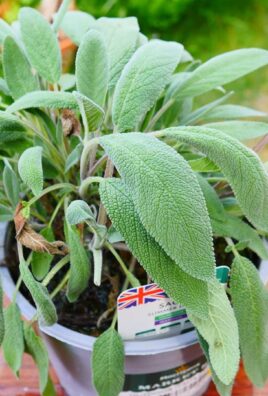
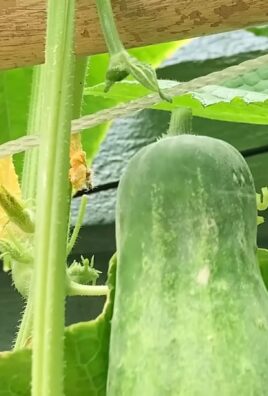
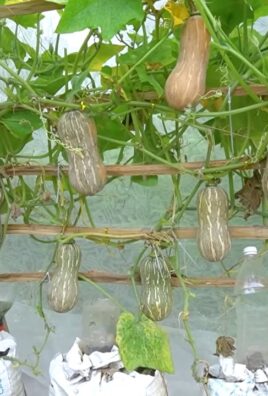
Leave a Comment